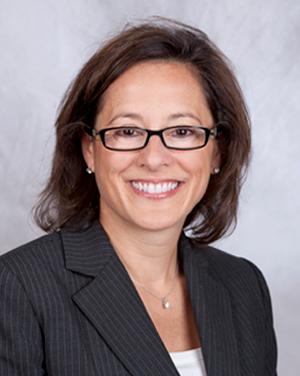
Caring for older adults is becoming increasingly important not only to the financial viability of long-term care owners and operators but also to hospitals and health systems. Just a few years ago, senior services were not a priority for hospitals, but because of demographic shifts, and healthcare reform initiatives, this constituency has gotten on the radar of C-suite leadership.
Approximately 40% of inpatients are over 65, and they represent more than 34%of emergency room visits. Add to the mix the changes in Medicaid and Medicare reimbursements to focus more on quality over quantity and preventative care, and there is a clear need to change the way we are doing business. Healthy systems that will succeed in tomorrow’s value-based healthcare environment will be those that invest the time and resources to understand how their strategies need to change to serve older adults and achieve the triple aim goals of enhanced patient experience, improved clinical outcomes and cost effectiveness.
Bon Secours Health System, Inc., based in Marriottsville, MD, is an example of an organization doing just that. Over the past two years, the $3.3 billion not-for-profit Catholic health system has been evaluating how senior services fits in with its mission, values and strategic plan.
According to Karen Reich, CEO of Bon Secours St. Petersburg Health System in Florida, our whole sense of what that expansive array of services is, or should be, is clearly changing.
“The need to care for senior populations truly goes beyond any facility or any one program and should take into consideration all of the respite and bio-psycho-social-spiritual services that traditionally have not been considered medical or health care related,” Reich said.
In October 2013, our firm, Plante Moran, helped Bon Secours develop their Senior Services Strategic Plan established with three guiding principles that provide foundation and will underlie future initiatives and investments:
- Relationships – Develop trusted relationships with senior constituencies. Affinity to a health system brand and clinically integrated network helps to facilitate care coordination and patient satisfaction.
- Services – Establish recognition and demonstrate excellence in senior health and wellness, including physical environments, clinical protocols and a credentialed workforce specifically oriented to the unique needs of older adults.
- Fiscal stewardship – Promote fiscal stewardship through pursuit of innovative revenue models, cost effective care delivery and a commitment to serving those in need.
Some of the early initiatives of Bon Secours’ strategy reflect how post-acute providers will continue to play an increasingly important role in the healthcare continuum.
- Used evidence-based credentialing practices to select partner skilled nursing facilities, assisted living facilities, home health and hospice providers in markets that do not already employ post-acute providers.
- Implemented dashboards to communicate quality metrics specifically for the SNF, ALF and home care environments to payers and other partners.
- Partnered with Aetna and launched the Good Help ACO, a Medicare Shared Savings Program that serves about 60,000 beneficiaries in multiple geographies.
So far, results of those programs are encouraging and include reduced hospital readmission rates and metrics that indicate a higher degree of physician alignment with best practices as well as a higher degree of patient satisfaction. Look for more health systems to follow Bon Secours’ lead and make seniors a high priority.
Betsy Rust is co-leader of Plante Moran‘s Health Care Strategy and Operations Team.



